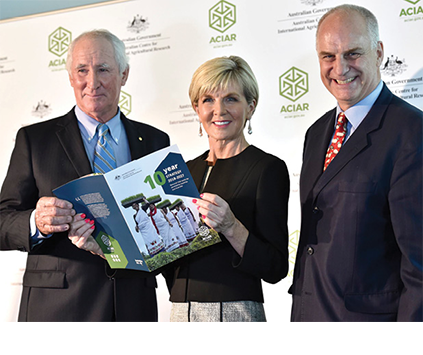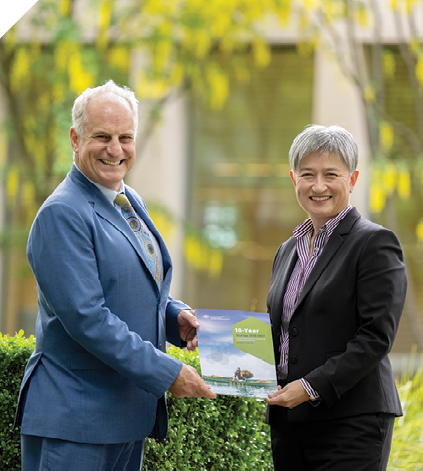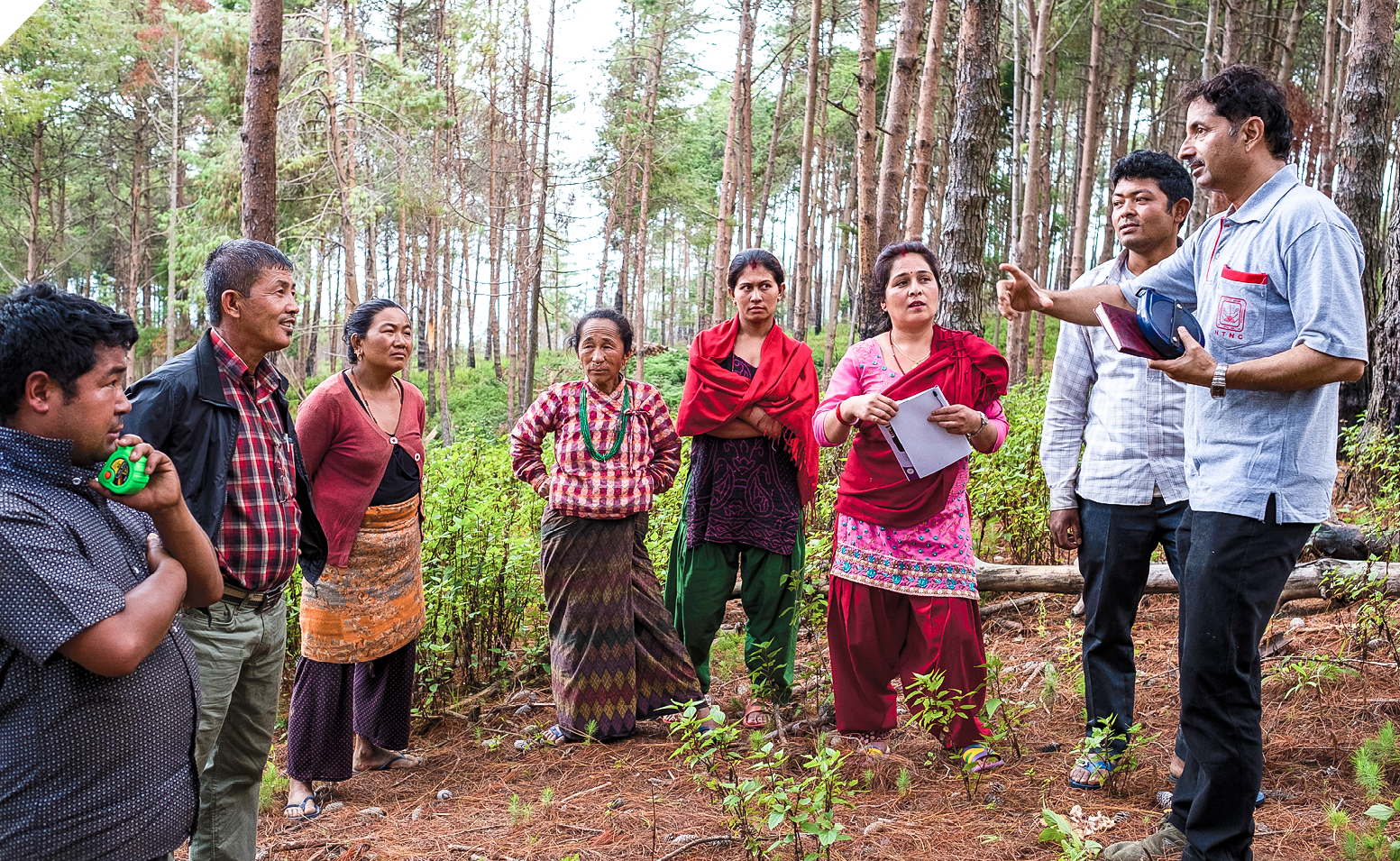A world-leading agricultural innovation system has assisted Australian agriculture, rural industries and farm businesses to adapt, survive and prosper. A distinguishing feature of this system is high levels of partnership (including shared funding) between government and industry, and high levels of collaboration between scientists and farmers.
Innovative research funding and management models like the Rural Research and Development Corporations and Cooperative Research Centres have served Australian rural industries very well. The system has fostered generations of researchers accustomed to working closely with farmers, and leading Australian farmers have high levels of involvement in research in their industries, often on their own farms.
Now Australian agriculture and the horticulture, fisheries and forestry sectors face additional challenges that were less acute, or less well understood, when ACIAR was established in 1982.
These ‘converging insecurities’ are the challenges of food security, water security, energy security, biosecurity and health security. These all interact with each other, and all are amplified by climate change. In turn, this complex suite of interacting challenges threatens regional and national security and is catalysing increasing levels of forced human migration.
All countries of the Indo-Pacific region grapple with these same challenges.
In this challenging contemporary context, the traditional commodity focus of much agricultural research that served Australia so well in the twentieth century is no longer fit for purpose.
Australian science is having to adapt, to develop better approaches to research and innovation across industries, landscapes, regions and value chains. These generally make greater use of multi-, inter- and trans-disciplinary research methods, with even higher levels of collaboration between science and industry, and science
and policy.
Australian science and innovation is a strategic national asset that will need to be deployed as never before, to help us reach our own objectives to produce more and healthier food, equitably shared, using less land, water, nutrients and energy, while reducing emissions, restoring habitats and decarbonising. This is among the greatest challenges facing humanity this century.
ACIAR is a strategically valuable soft-power asset for Australia. It is a mature, uniquely capable specialist statutory authority, well known and respected across the region. It is a distinctive asset for both Australia’s diplomatic outreach and our domestic innovation system.
ACIAR is a keeper of the long view, old enough to have a long memory and durable friendships, focused enough to sustain deep expertise, and small enough to be nimble and responsive.
In part helped by ACIAR, science and policy capabilities in partner countries across our region have developed enormously over the last four decades. Most of the scientists who have received scientific, leadership and management training in Australia (650 of whom are active ACIAR alumni members) are in science and policy leadership roles across the region. This engaged network of senior scientists and policymakers across the region with positive, active and enduring links to Australia, is a wonderful platform for greater ambition in strategic partnerships between Australia and the region.



